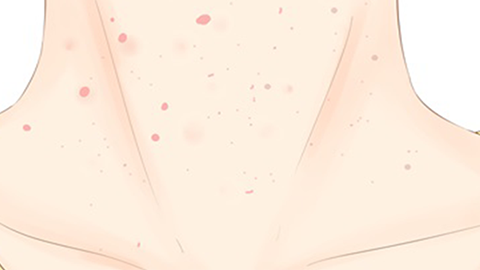Do filiform warts have a genetic component?
Generally, filiform warts are not directly inherited by offspring. However, multiple family members may be affected simultaneously, which is related to genetic susceptibility and shared living environments rather than being a genetic disease in the strict sense. Detailed analysis is as follows:

From the perspective of pathogenesis, filiform warts are caused by infection with human papillomavirus (HPV). The virus spreads via skin contact or shared personal items, rather than being passed genetically to offspring. Newborns do not inherit the virus congenitally from affected parents, nor are they born with filiform warts; therefore, direct genetic transmission does not occur. However, certain hereditary tendencies toward relatively weaker immune function may exist within families. Once family members are infected with the virus, they are more susceptible to developing filiform warts compared to the general population, which may lead to multiple cases within the same family. Additionally, family members often share living spaces and personal items such as towels and clothing, increasing the likelihood of cross-infection and resulting in sequential infections among multiple family members.
It is important to maintain personal hygiene and avoid sharing personal belongings to reduce the risk of viral transmission. If any family member develops warts, prompt treatment of the lesions is necessary, along with maintaining regular作息 (作息 should be translated as作息 (sleep and wake cycles or daily routine)), a balanced diet, and enhanced immunity to lower the risk of infection and disease development.




